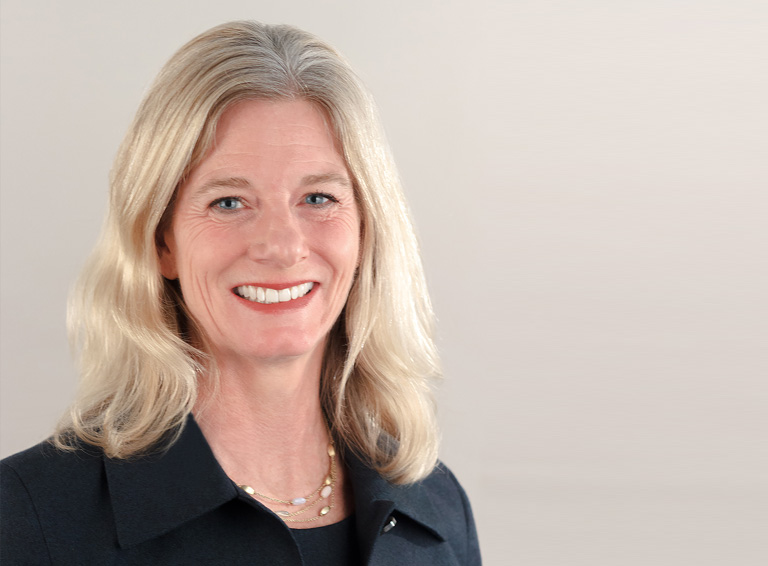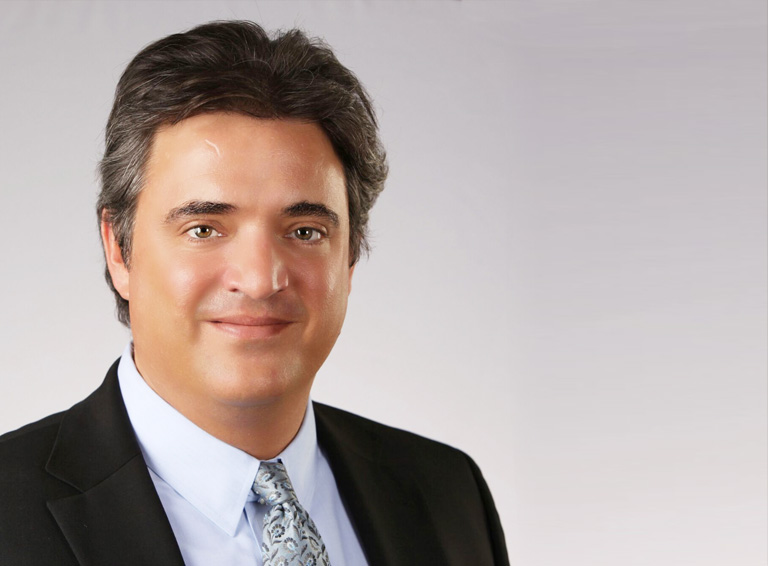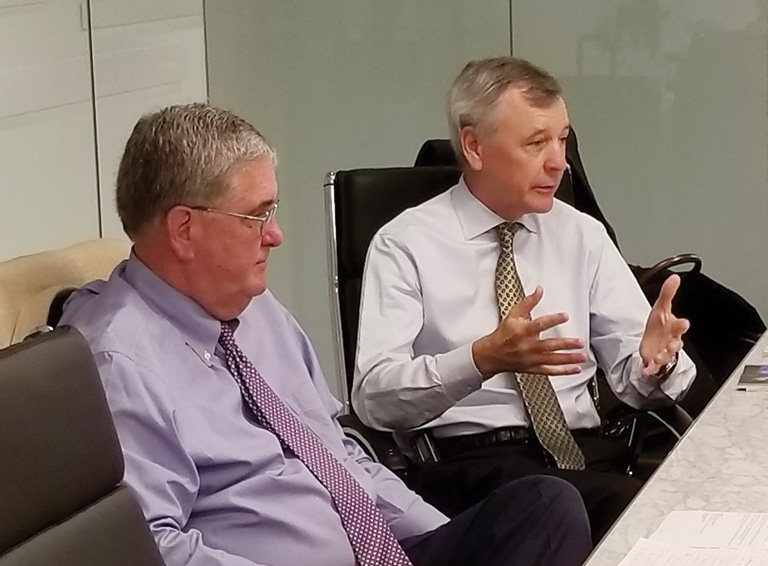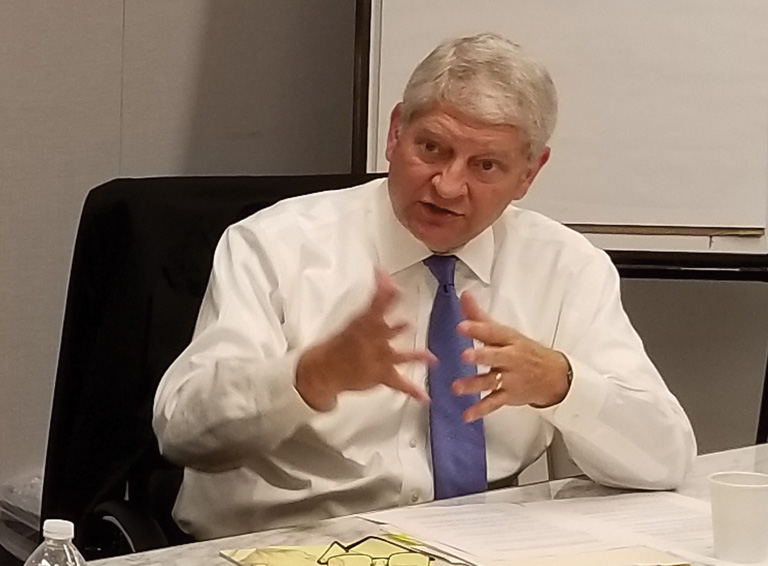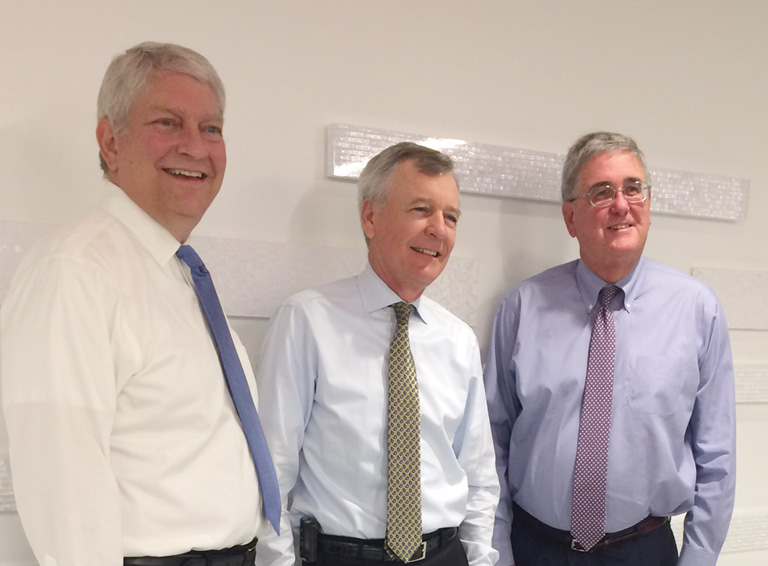Lewis-Raymond is a Partner, Parker Poe LLP
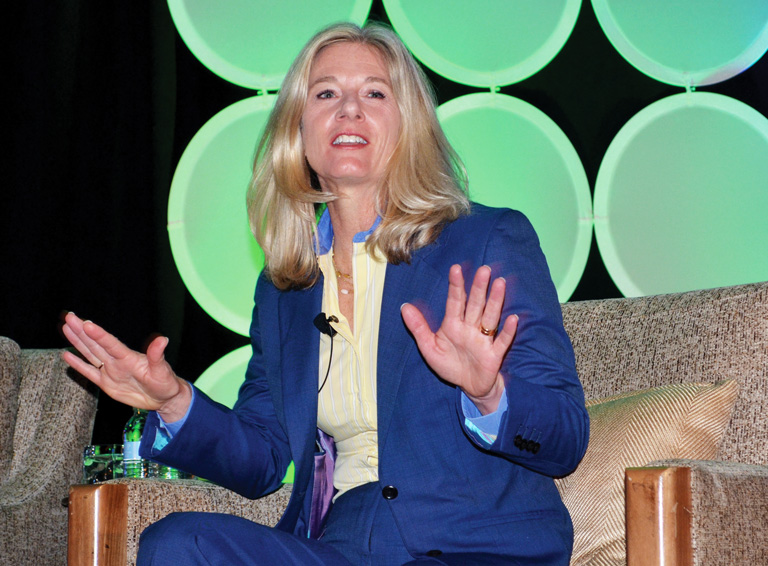
Jane Lewis-Raymond is a partner in Parker Poe's Charlotte office, practicing with the firm's Public Company Growth & Compliance and Energy groups. She has over 25 years of legal experience, including a decade as general counsel and chief compliance officer of a publicly traded company, Piedmont Natural Gas.
PUF's Steve Mitnick: Where were you six months ago?
Jane Lewis-Raymond:Today is the six-month anniversary of the closing of Duke Energy's acquisition of Piedmont Natural Gas. My last title at Piedmont was Chief Legal Officer, so serving as the chief general counsel, I had the very distinct pleasure of structuring the acquisition of Piedmont by Duke.
I worked with incredibly talented outside counsel to help structure and negotiate the deal and the entire process that led up to the deal.
PUF's Steve Mitnick: Chief Legal Officer, Chief General Counsel of Piedmont Gas. That must not have been an easy job.
Jane Lewis-Raymond: It was a joy of a job because I never knew what was going to walk into my office on any given day. With a million natural gas customers in the states of North Carolina, South Carolina, and Tennessee, and as a publicly traded company with assets of around five billion dollars, my team and I were faced with the entire gamut of not only legal issues, but regulatory compliance issues as well. All of those needed legal oversight and management.
PUF's Steve Mitnick: When you're the general counsel of a big organization like that, and your executive says, "We're going to do an acquisition or a merger," how does that start off?
Jane Lewis-Raymond: Generally, what happens is the market has ended up in a state such that you know you're about to receive some incoming offers.
For example, immediately preceding the acquisition of Piedmont by Duke, Southern Company acquired AGL Resources. Immediately after that deal was announced, I began to get our legal house in order by doing a search for outside M&A counsel.
I wanted to make sure that our company and our board would be well represented if we ended up with some offers to buy Piedmont. Especially if they were so compelling that we knew that we had to take them to our board and consider a response that was in the best interest of our shareholders.
So the first thing I did was actually engage outside counsel. I looked at a couple of firms and went with the lawyer that I felt was going to give the best advice to my board. We needed advice that would give them great confidence that they were making the right decision in every step of the process.
PUF's Steve Mitnick: And this while you're doing everything else that a general counsel does for a big company.
Jane Lewis-Raymond: Yes, absolutely. If most days I wore four or five hats, during that process I was wearing six or seven.
It was a very surreal experience. You're still running the company and having to deal with day-to-day activities, manage risk and create budgets while you are also working on this major transaction.
PUF's Steve Mitnick: With your six or seven hats, were you a good general counsel?
Jane Lewis-Raymond: If you can measure how good I was by how much fun I had, I was a really great general counsel. I was not sure I would be when I took the job, I must confess.
I had been in D.C. for a very long time. I left the American Gas Association when I was Vice President of Regulatory Affairs to take the role as general counsel at Piedmont. I had never imagined myself sitting in that corporate C-suite before.
But I did OK by all accounts because, first and foremost, I understand relationships matter in this business; I have always placed value on the relationships that I have with my colleagues. That matters for people inside the company, with people across the table that we would be negotiating with. And with our customers, certainly with our regulators, and with all our employees. Especially my team at Piedmont, they were terrific and we knew we had one another's backs in every way.
Second, I know the industry, I love the industry and I truly loved what I was doing. I was really happy to go to work every day. Even the bad days when you might be feeling like there was a little mini-crisis, they were still fun because you believed in what you were doing.
The third thing that makes you a good general counsel is having incredibly positive relationships with your executive management team. To know the expectations that your CEO places on you, as well as the CFO and your other fellow executives. And to know that you can trust them and feel comfortable in the way that the corporation is making decisions, allows everyone in the organization, including the general counsel, to elevate their game.
PUF's Steve Mitnick: What do you mean by relationships and why is that so important for regulated industries?
Jane Lewis-Raymond: When I say 'relationships', for example, if you're dealing with your regulators, they might not always like what you're going to say.
But you're always going to be honest with them and not play games or hide the ball.
Direct communication, be it good or bad, is very important. In order to be able to do that, we need to understand that we are all human beings and we all get out of bed in the morning and put one leg on the floor after the other.
We all have other pressures and lives that exist outside of our work world. When we are in our role as general counsel or CEO or board member, that is all a part of who we are and that's a part of what everyone brings to their office.
To build relationships across the table with adversaries can make a better outcome, a better product for what you're trying to achieve. For example, if you're negotiating with your regulators, to be nice about it can really gain you a lot of credibility.
PUF's Steve Mitnick: Isn't it a little odd that when you're one of the lead people, you're basically working on getting rid of your job?
Jane Lewis-Raymond: There were a few days at about two-thirty in the morning when that thought did occur to me. When you're a general counsel of a company, you are charged with representing what is in the best interest of your shareholders, and that is what you must do.
As lawyers, that is what we do. We represent our clients to the best of our ability every day. You know that in the end, if you're doing your job well, you might be looking for new work at the end of the day. But you must have confidence that if you did the transaction well, the next thing will follow. You just put your head down and soldier through.
PUF's Steve Mitnick: Tell us what you're doing now in your new position.
Jane Lewis-Raymond: For the first time in many years I find myself back at a law firm. I decided to join Parker Poe because it is a super firm with the right set of values in a city I love. I joined them in March.
I am working on representation on corporate governance issues, compliance, and board issues such as cybersecurity response programs. I can use all my years of industry expertise representing companies, focusing on policy work, and working on state regulatory matters.
I look at my career in two halves. My first half being D.C.-based, representing natural gas distribution companies, and my second half being an in-house counsel, doing that as well as the corporate work. Now I find myself here at Parker Poe taking both halves of my career, marrying them together.
PUF's Steve Mitnick: Tell me how that works there.
Jane Lewis-Raymond: That is a very good question because there are a whole lot of lawyers in this world. I think my differentiator is that I was in-house for so long.
I have that experience in the boardroom. I have that experience in the C-suite chair. I understand what it is that general counsels are looking for from their outside counsel.
I understand the pressures of those internal budgets and being able to make budgets. I understand there are some issues a client might bring me that they want a solution for, but they don't necessarily want a research article on it.
I can present to in-house counsel in a way that will enable them to take the solution to their other executives on their management team. That's because I speak the business language as well.
I've been spending a lot of time just communicating with folks, sharing with them what Parker Poe is all about, the strength that the law firm brings, what a great energy practice we have here, what great lawyers we have. And letting them know the types of things I'm hoping to do with this next decade of my career or so.
PUF's Steve Mitnick: What are you going to be doing in three to five years?
Jane Lewis-Raymond: I would hope that I've got a busy base of clients. I hope that I am still a recognized industry expert.
And I hope that I can add value to corporate boards in the region. Even beyond the energy industry space, in terms of adding value to their compliance programs, helping them manage crises with their board, showing in-house counsel and their board how you can create compliance programs.
Those programs can really add value to any company and, frankly, add value to the bottom line. If I've done even just a little bit of that for a few companies five years from now, I think I'll feel good about that.
Category (Actual):
Department:
